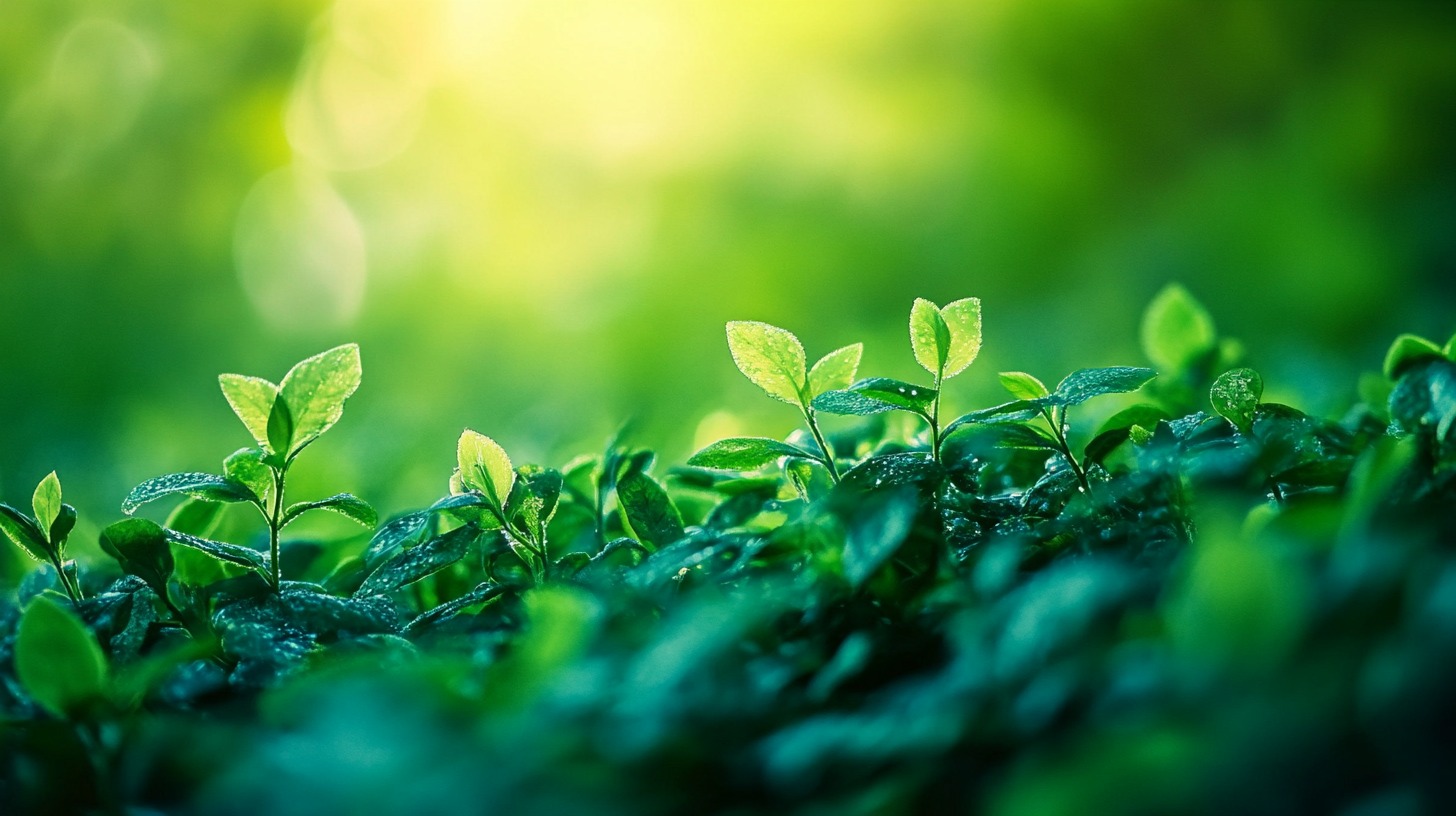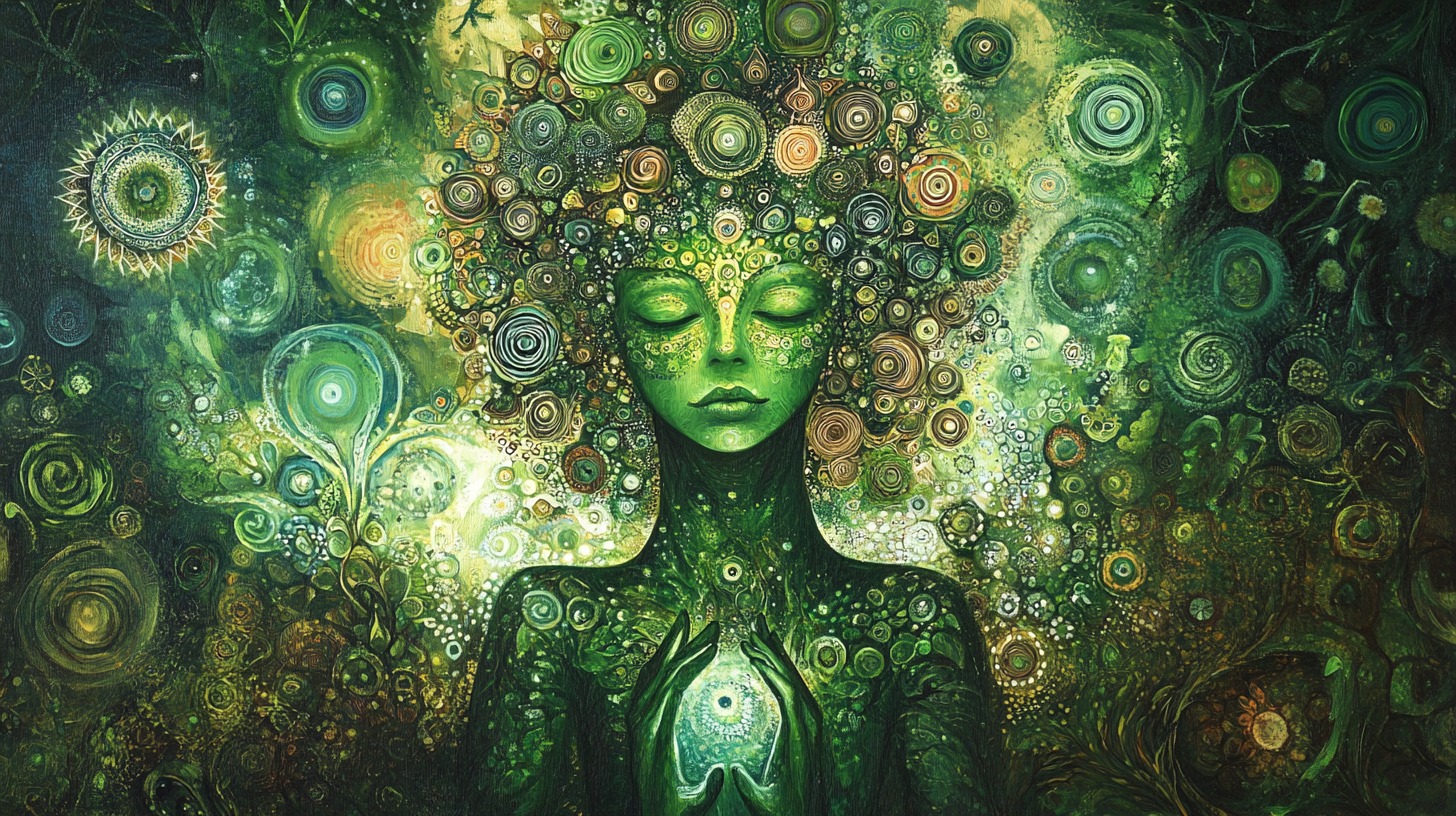Green has long been associated with renewal, growth, and the natural world, but its significance in spirituality reaches even further. In 2025, this color continues to hold deep meaning across various traditions, symbolizing balance, healing, and the connection between humanity and nature.
Many spiritual practices embrace green as a representation of harmony, inner peace, and the life force that sustains existence.
The symbolism of green remains a guiding force in meditation, ritual, and personal reflection. Its presence in sacred spaces, daily practices, and cultural beliefs offers insight into its enduring influence.
Green as a Lucky and Protective Color

Many cultures and spiritual traditions associate green with luck and protection. Its connection to prosperity, renewal, and emotional stability is widely recognized, making it a meaningful color in astrology and spiritual practices.
Astrological Significance
Green is seen as a favorable color in astrology, especially in 2025, where it symbolizes financial success and positive transformation. Certain zodiac signs are believed to resonate with green, linking it to emotional stability and material abundance. Astrologers often recommend wearing green or incorporating it into daily life to enhance fortune and personal growth.
Protective Symbolism
Green is frequently used in spiritual amulets and talismans, reinforcing its role as a shield against negative energy. The evil eye, a well-known protective emblem, sometimes includes green to strengthen its ability to deflect harm. The hamsa, a powerful symbol of safeguarding, often features hues to amplify its protective qualities.
Spiritual and Ritualistic Use
Green gemstones, such as jade, emerald, and aventurine, are popular choices for attracting prosperity and warding off negativity. Many spiritual practitioners add candles and fabrics in rituals aimed at fostering balance and security. In various traditions, the color serves as a beacon of hope and resilience, often used to create a barrier against misfortune.
Green’s connection to luck and protection has made it an enduring presence in spiritual customs. Whether used in astrology, protective charms, or ritualistic settings, its significance remains deeply rooted across different cultures.
The Spiritual Meaning of Green Across Cultures and Religions

Green holds profound spiritual significance across multiple cultures and religious traditions. Its symbolism varies, but it is often associated with life, renewal, and balance, reflecting both material and spiritual well-being.
| Hinduism | Fertility, growth, and positive energy. |
| Linked to deities of renewal and abundance. | |
| Marks fresh beginnings in rituals. | |
| Seen in festival decorations and temples. | |
| Buddhism | Represents the middle path and balance. |
| Connected to compassion and self-awareness. | |
| Depicted in sacred art for meditation. | |
| Appears in bodhisattva representations. | |
| Christianity | Symbol of resurrection and eternal life. |
| Used in vestments for spiritual growth. | |
| Represents divine grace and enduring faith. | |
| Seen in religious iconography and churches. |
Across cultures, green remains a powerful emblem of transformation, peace, and spiritual connection, reinforcing its presence in rituals, traditions, and sacred art.
Green and the Heart Chakra (Anahata)
In spiritual practices, green is deeply connected to the heart chakra, also known as Anahata. This energy center governs emotions, love, and compassion, serving as the bridge between the physical and spiritual aspects of life.
When balanced, it fosters emotional stability, empathy, and the ability to form meaningful relationships.
- Emotional Harmony – A well-balanced heart chakra allows individuals to experience love freely, express kindness, and connect with others without fear or hesitation.
- Healing Power – The color green is often associated with renewal, balance, and inner peace, making it a fundamental aspect of chakra work.
Many spiritual traditions emphasize the need to maintain the equilibrium of the heart chakra to enhance overall well-being.
- Emerald – Encourages unconditional love and promotes emotional healing.
- Aventurine – Known for its soothing energy and ability to attract positivity.
- Jade – Symbolizes purity and nurtures the heart with calming vibrations.
Including green into daily life through clothing, home décor, or time spent in nature can help cultivate a sense of serenity and balance.
Surrounding oneself with natural greenery, such as plants and trees, is often recommended for those seeking to nurture their emotional well-being.
Green as a Catalyst for New Beginnings and Transformation

The presence of green often signals the start of something new, making it a powerful force for transformation. Many cultures associate green with personal growth, renewal, and positive change. It represents the potential for fresh opportunities, encouraging individuals to embrace progress and expansion.
- It is often linked to rebirth and reinvention, reflecting the ability to start fresh and evolve.
- It symbolizes growth, much like plants that sprout and thrive under the right conditions.
- Many see it as a motivator for embracing change, stepping out of comfort zones, and pursuing personal development.
Nature itself showcases it as a symbol of life’s constant evolution. Seasons shift, plants regenerate, and cycles continue, reminding people that renewal is an integral part of existence. This concept appears in meditation and spiritual practices, where it is used to invite balance and harmony.
- Green is associated with the heart chakra, which governs love, compassion, and emotional well-being.
- Visualizing green during meditation can help clear emotional blockages, enhance inner peace, and promote self-discovery.
- Many believe that surrounding oneself with elements, such as plants or decor, creates a calming atmosphere that fosters clarity and renewal.
In various traditions, green is linked to prosperity and abundance. It is frequently associated with financial success, career advancement, and personal development.
- The color is often connected to wealth, symbolizing stability and the potential for financial growth.
- Many cultures use green in rituals or daily practices to attract opportunities and encourage progress.
- Wearing or including this color it into one’s environment can serve as a reminder to stay focused on long-term goals.
The Bottom Line
Green holds deep spiritual meaning across cultures, religions, and belief systems. It represents renewal, balance, and emotional well-being while serving as a symbol of protection and prosperity.
Many use green in meditation, spiritual rituals, and daily life to attract positive energy and personal growth.
By embracing the significance of green, individuals can enhance their connection to nature, promote harmony, and invite transformation into their lives.







